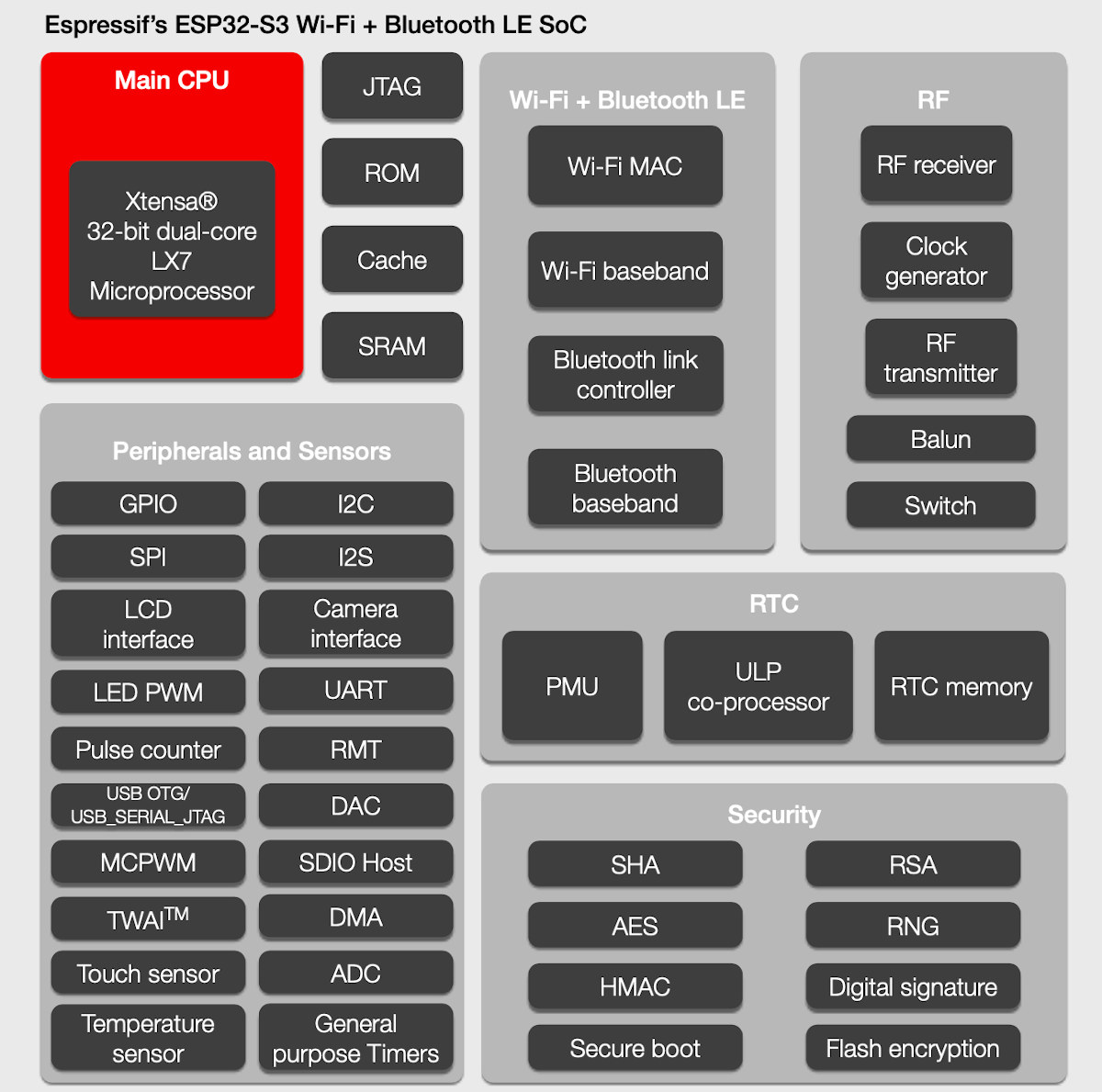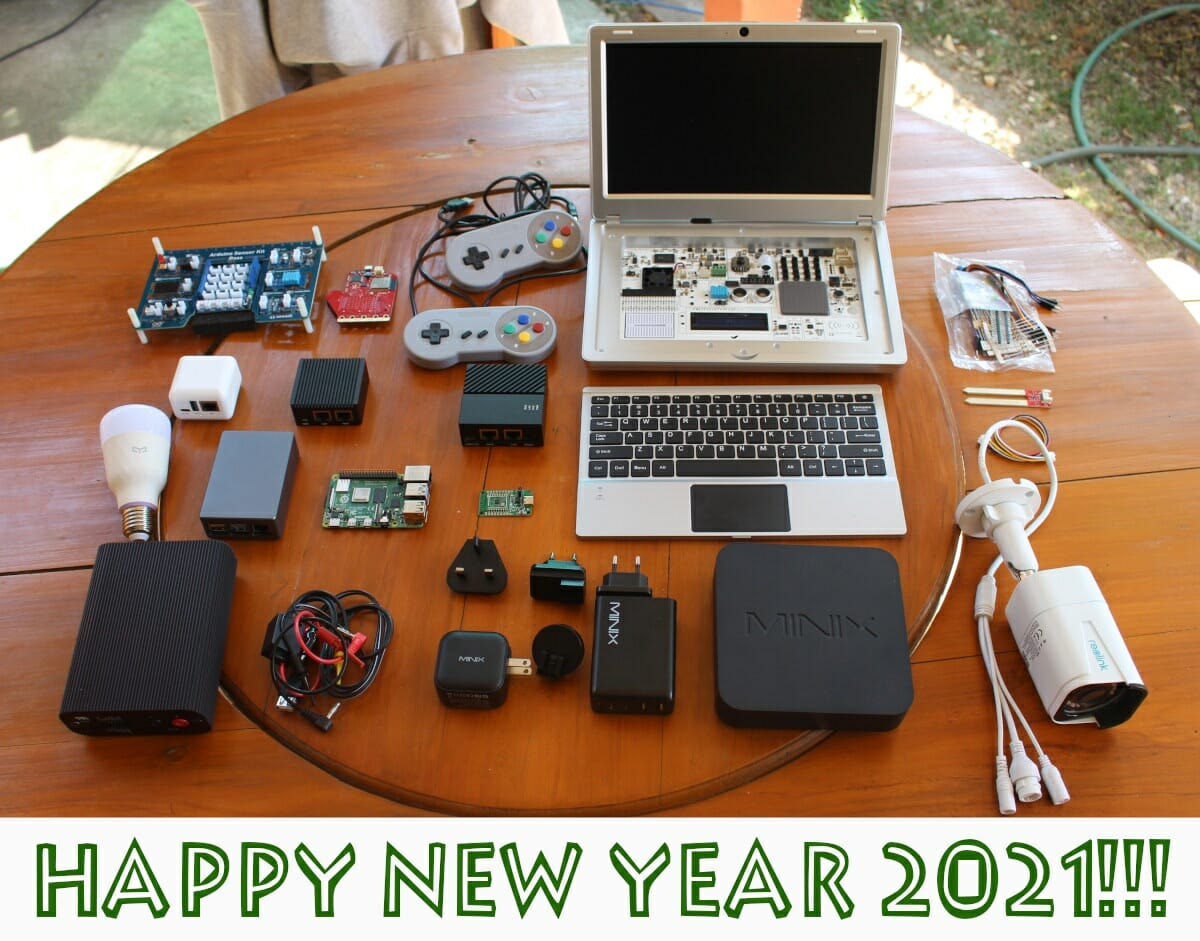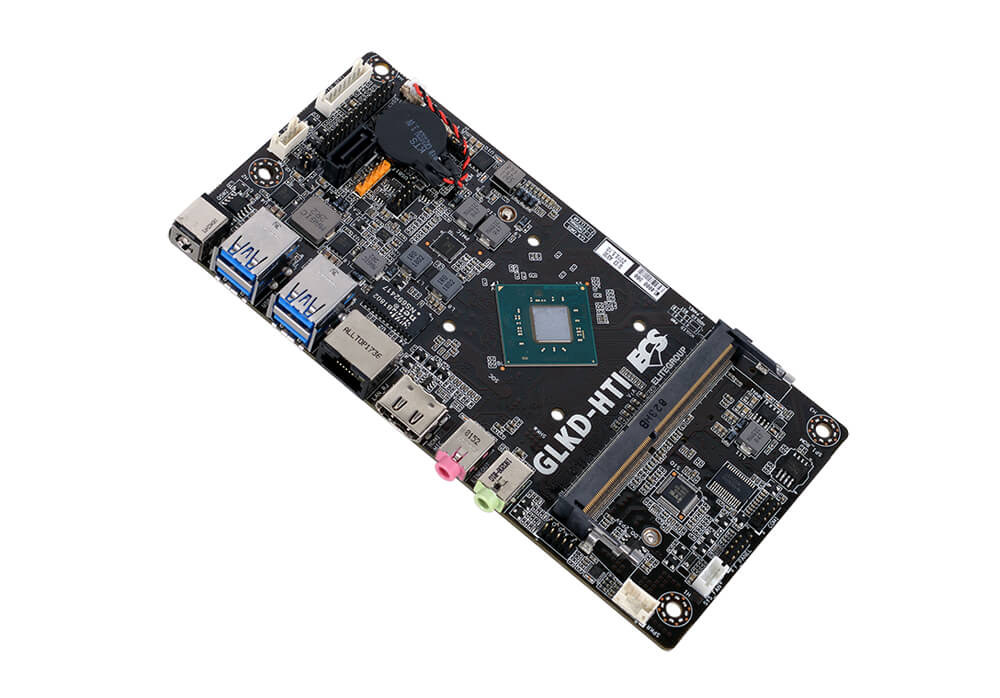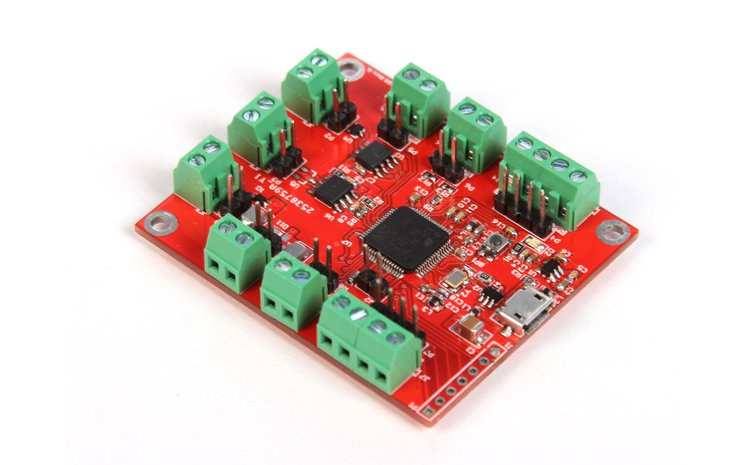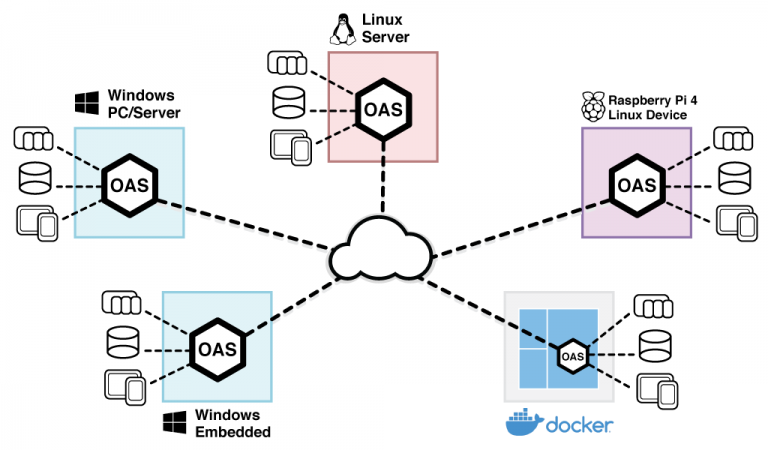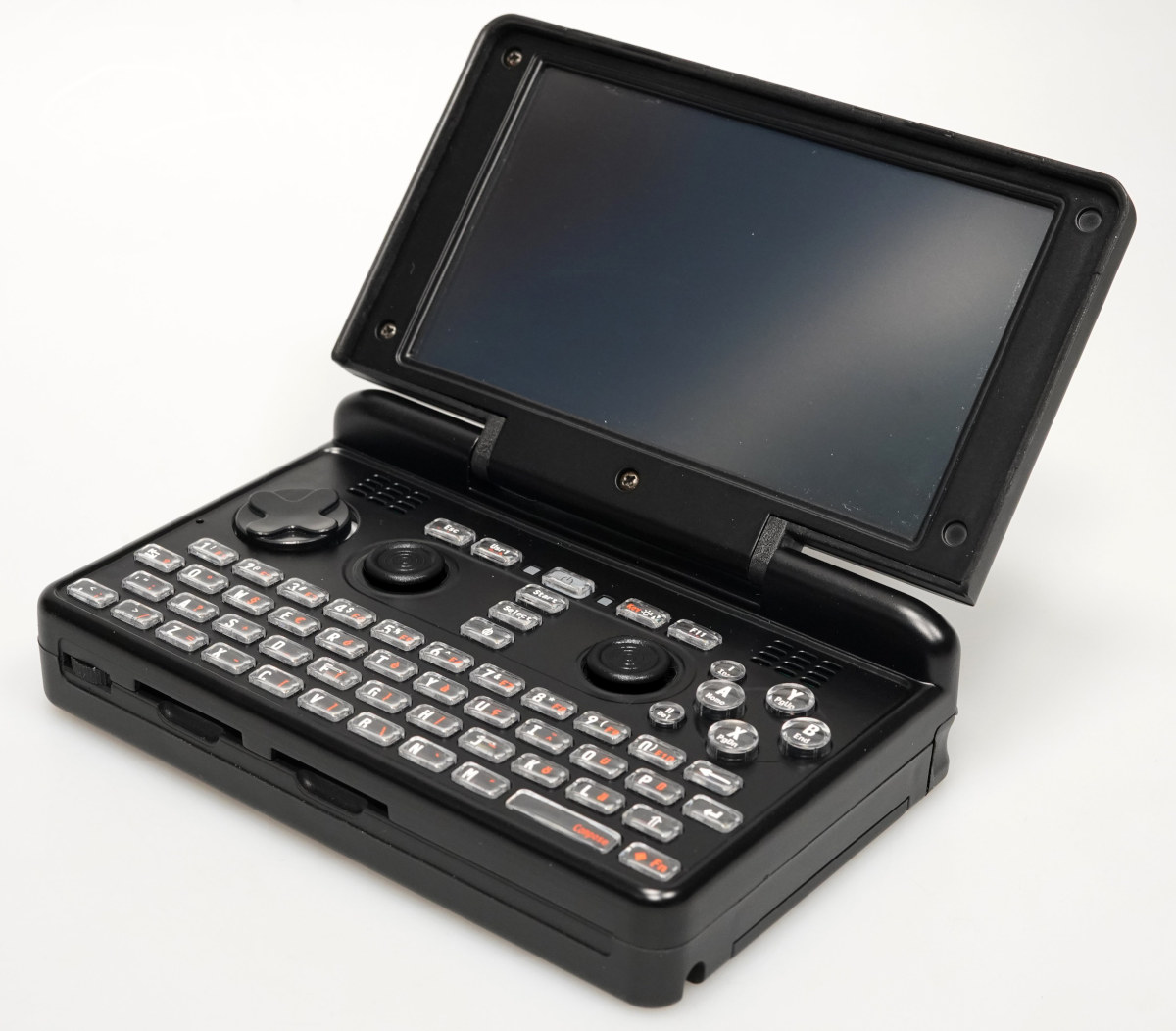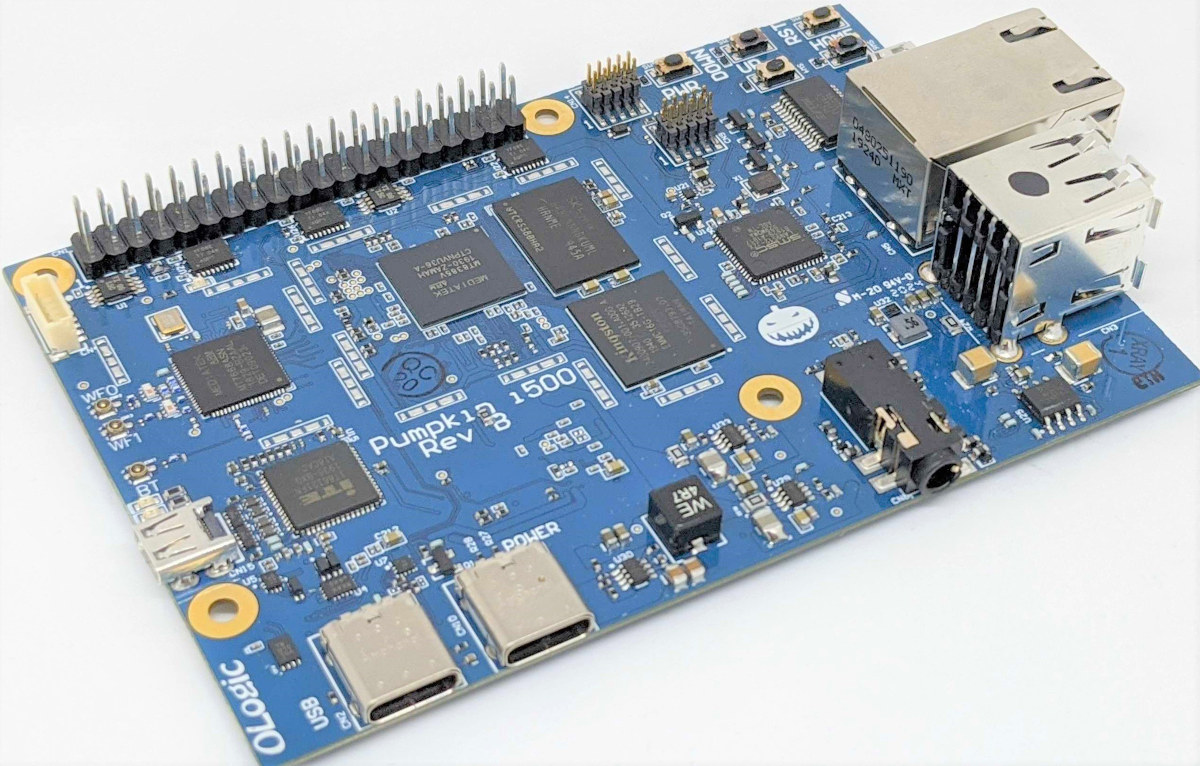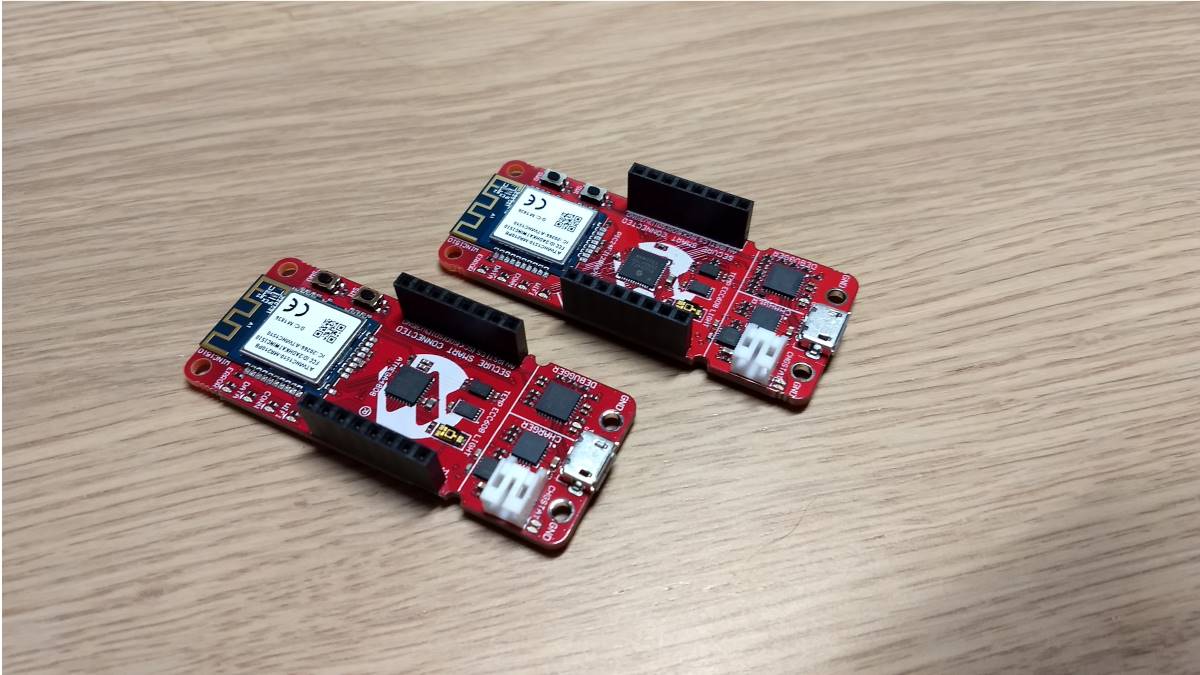Back in September, we reported that Espressif Systems planned to release a new ESP32-S3 with “AI instructions and multi-CPU cores” with few other details, except the chip would also be part of the MINI-series wireless modules. Now we have many more details, as the Shanghai-based company has now officially announced ESP32-S3. The processor features dual Tensilica LX7 cores, 2.4 GHz WiFi 4 & Bluetooth 5 connectivity, and as expected supports AI instructions to cater to the AIoT (AI + IoT) market. ESP32-S3 key features and specifications: CPU Dual-core Tensilica LX7 up to 240 MHz with additional vector instructions for AI acceleration ULP core to handle low power modes Memory – 512 KB of internal SRAM Storage – Octal SPI flash and PSRAM support (supports larger, high-speed devices compared to ESP32) Connectivity 2.4 GHz 802.11 b/g/n Wi-Fi 4 with 40 MHz bandwidth support Bluetooth Low Energy (BLE) 5.0 connectivity with long-range […]
Year 2020 in review – Top ten posts and stats
It’s this time of the year when we look back at what happened, and what may be next. 2020 did not pan out as planned in more ways than one, but there were still some interesting developments. Based on 2019 announcements, 2020 was promising to be an exciting year for Amlogic and Rockchip with the expected launch of RK3588 and S908X high-end processors for 8K capable devices, but we’ll have to wait for 2021 for this to happen. Instead, the most interesting processor of the year from the Allwinner, Amlogic, and Rockchip offerings was probably Amlogic S905X4 processing adding AV1 hardware decoding. As pointed out in our “RISC-V 2020 highlights” post, it was a fairly eventful year for RISC-V architecture, although there’s still a long road ahead, especially for application processors. We had seen some general-purpose and Bluetooth RISC-V MCUs in 2019, but 2020 saw the launch of the first […]
ECS GLKD-HTI is a “Half mini-ITX” motherboard with Gemini Lake processor
If you’ve never heard about a “half mini-ITX” motherboard, that’s normal, as I don’t think it’s actually a thing. At least until now, as ECS GLKD-HTI is an Intel Gemini Lake motherboard that’s half the size of a standard mini-ITX motherboard. The board still comes with the usual HDMI, DisplayPort, USB and Ethernet ports, as well as a SODIMM slot for DDR4-2133 memory, an M.2 socket for 2280 SATA SSDs, as well as a SATA 3.0 port. ECS GLKD-HTI “half mini-ITX” motherboard specifications: SoC – Choice of Intel Gemini Lake processors with Intel UHD 600 graphics System Memory – 1x DDR4 SO-DIMM socket for up to 8GB DDR4 2133 non-ECC memory Storage 1x M.2 slot for SSD for 2280 single side SATA SSD 1x SATA 3.0 6Gbps connector 128 MB SPI Flash for AMI BIOS / UEFI Video Output – HDMI 1.4a up to 1920×1200 1x LVDS connector Audio 2x […]
Protocol Droid is a USB bridge board to I2C, CAN Bus, RS485, UART, SPI, etc. (Crowdfunding)
We’ve seen some interesting USB hardware hacking/debugging boards in the last two months with Tigard, Ollie, and Glasgow Interface Explorer each with their own price point and features, but with the goal of replacing multiple other programming or debug boards you may need for your projects. Protocol Droid is another one of such USB boards for electronics designers and hardware hackers. It offers I/O connectivity via terminal blocks for I2C, CAN Bus, RS485, UART, SPI, and other interfaces. Protocol Droid key features and specifications: MCU – Unnamed STMicro microcontroller Host interface – Micro USB port Core Interfaces: I²C controller & peripheral modes SPI controller & peripheral modes RS485 controller & peripheral modes CAN Bus UART 2x PWM 2x ADC 2x DAC Debugging / programming interfaces – 7-pin JTAG/SWD unpopulated header Power Sources – 3V & 5V DC with limited current via 2-pin terminal blocks All interfaces are available simultaneously through […]
OAS software now supports Raspberry Pi 4 for Industry 4.0 solutions
A week before the announcement that Raspberry Pi supported industrial customers through several new services, including a dedicated website for the industry and the Raspberry Pi Approved Design Partners program, OAS announced support for deploying the Open Automation Software Platform on Raspberry Pi 4 with 4GB or 8GB of memory. The solution enables the low-cost scaling of operations and “reliable on-site data logging in remote locations with limited power and connectivity”. As you may know… or not, OAS has provided IIoT solutions for the last 20 years and is widely used since the company offers secure moving of data from one location to another. Network Configuration Possibilities The platform offers support for Windows PC/Server, Windows Embedded, Windows IoT, Linux Server, Virtual Machines (Win/Linux), Raspberry Pi 4, and Docker Containers (Win/Linux). “These systems can be networked together and share data creating endless network configuration possibilities”. The OAS platform running on the […]
Dragonbox Pyra open source hardware handheld Linux PC is finally shipping
We first covered the Dragonbox Pyra in 2014 when it was described as an open-source handheld game console powered by Texas Instruments OMAP5432 SoC, or maybe AllWinner A80, Intel Bay Trail, or Qualcomm Snapdragon processors since the exact specifications were still in the works for the Pandora successor. Michael Mrozek (EvilDragon) finally decided to keep going with the OMAP5 processor due to the good documentation and software support, and pre-orders started in 2016 with a 330 to 400 Euros downpayment and no clear timeline about shipping. It eventually took over four more years, but the Dragonbox Pyra is finally getting assembled and shipping to backers has started. Since so many years have passed, you’d be forgiven if you completely forgot or did not know at all about the specifications: SoC – Texas Instruments OMAP 5432 SoC with 2x Arm Cortex-A15 @ 1.5 GHz with NEON SIMD, 2x ARM Cortex-M4, Imagination […]
Pumpkin i500 SBC uses MediaTek i500 AIoT SoC for computer vision and AI Edge computing
MediaTek Rich IoT SDK v20.0 was released at the beginning of the year together with the announcement of Pumpkin i500 SBC with very few details except it would be powered by MediaTek i500 octa-core Cortex-A73/A55 processor and designed to support computer vision and AI Edge Computing. Pumpkin i500 hardware evaluation kit was initially scheduled to launch in February 2020, but it took much longer, and Seeed Studio has only just listed the board for $299.00. We also now know the full specifications for Pumpkin i500 SBC: SoC – MediaTek i500 octa-core processor with four Arm Cortex-A73 cores at up to 2.0 GHz and four Cortex-A53 cores, an Arm Mali-G72 MP3 GPU, and dual-core Tensilica Vision P6 DSP/AI accelerator @ 525 MHz System Memory – 2GB LPDDR4 Storage – 16GB eMMC flash Display – 4-lane MIPI DSI connector Camera – Up to 25MP via MIPI CSI connector Video Decoding – 1080p60 […]
IoT development board comes with AVR or PIC MCU, WiFi module
Microchip AVR-IoT and PIC-IoT development boards have AVR and PIC MCUs respectively, which enables a simple interface between embedded applications and the cloud. The IoT development boards can securely transfer data to Amazon Web Services (AWS) IoT platform with a WiFi connection. The IoT development boards also include an onboard debugger which can be used to program and debug the MCUs without any need for external hardware. The IoT development boards also have an integrated lithium battery charger, which makes it a rechargeable device and allows easier deployment for a “ready-to-go solution.” The AVR-IoT WA development board integrates the ATECC608A CryptoAuthentication chip for security protocols and the ATWINC1510 Wi-Fi network controller for connectivity. The development board combines the ATmega4808 MCU 8-bit AVR MCU running at up to 20 MHz and offers a wide range of flash sizes up to 48 KB. The unit uses a “flexible and low-power architecture, including […]


